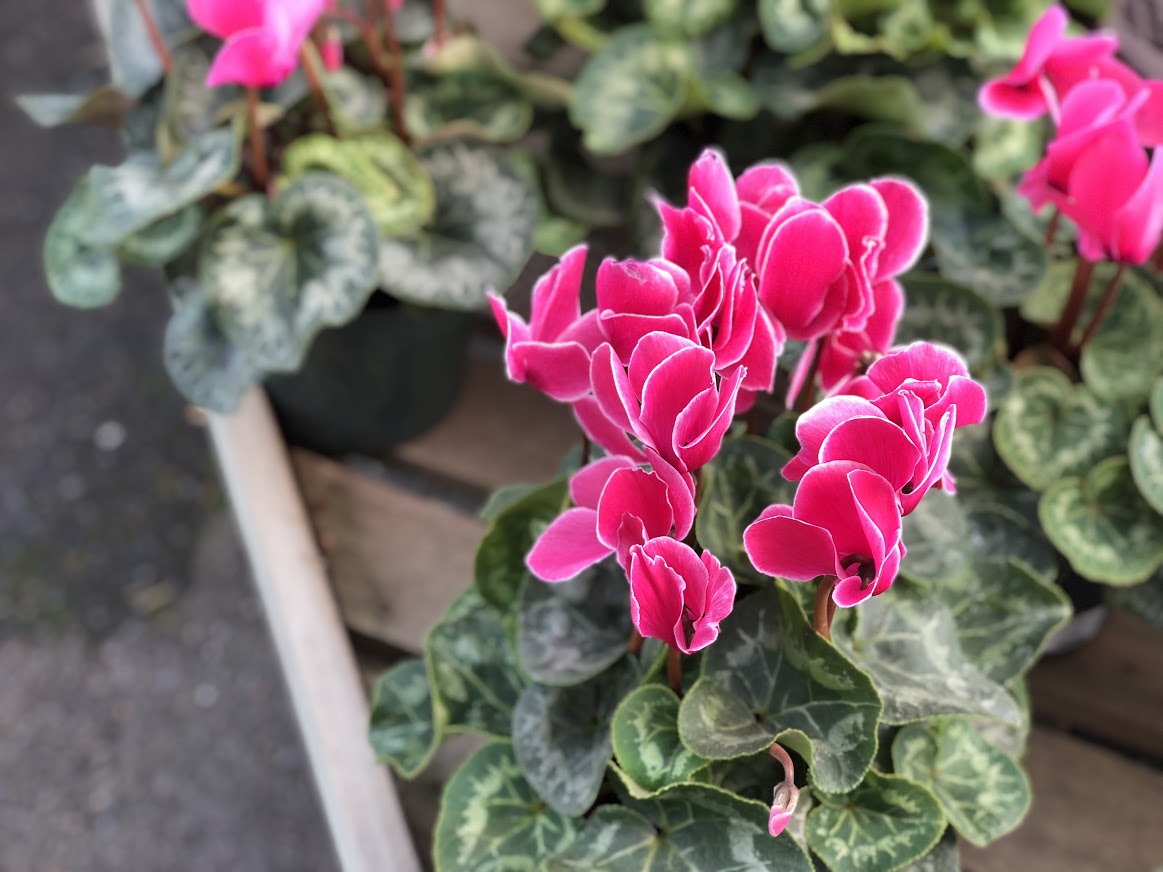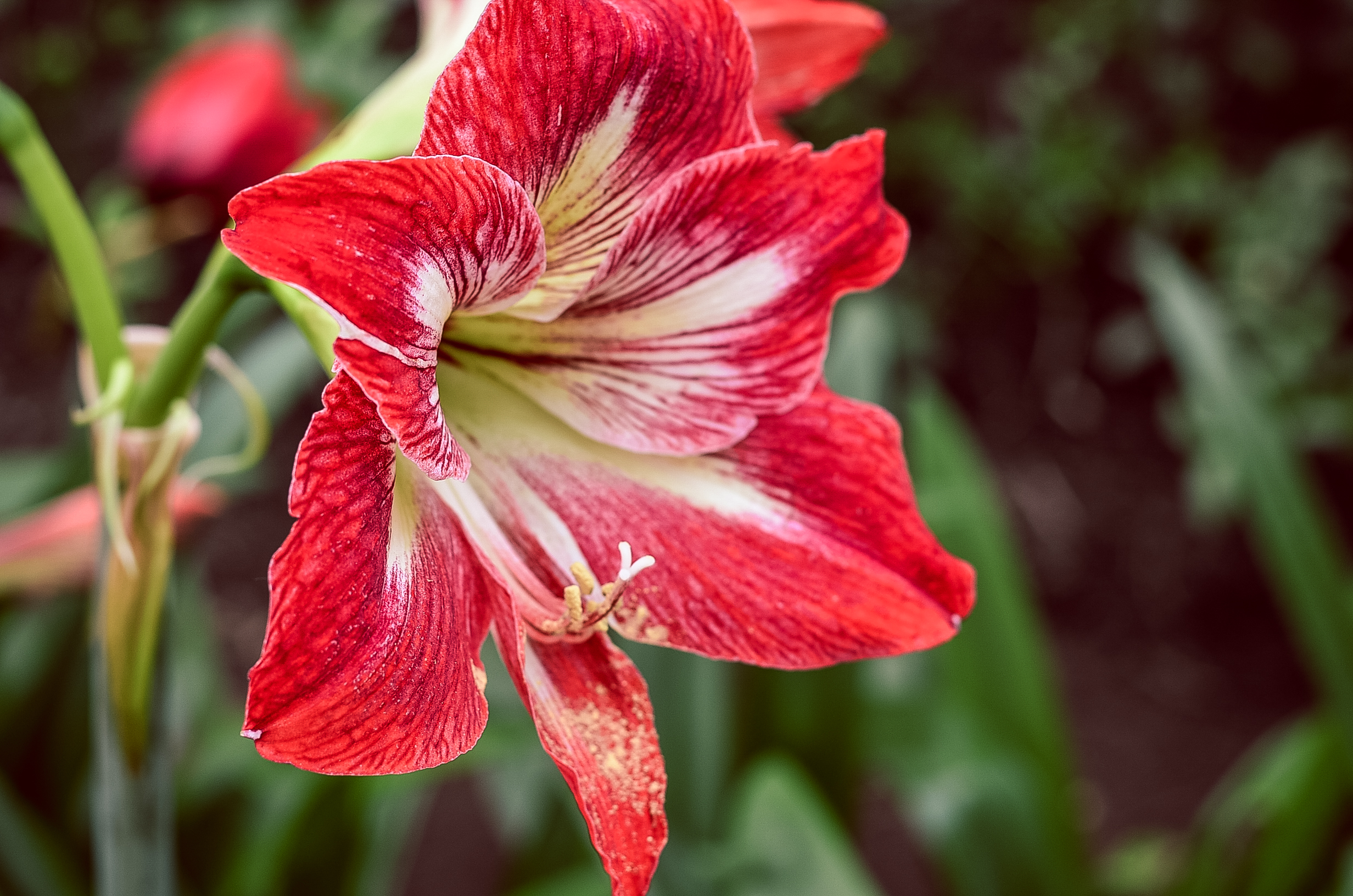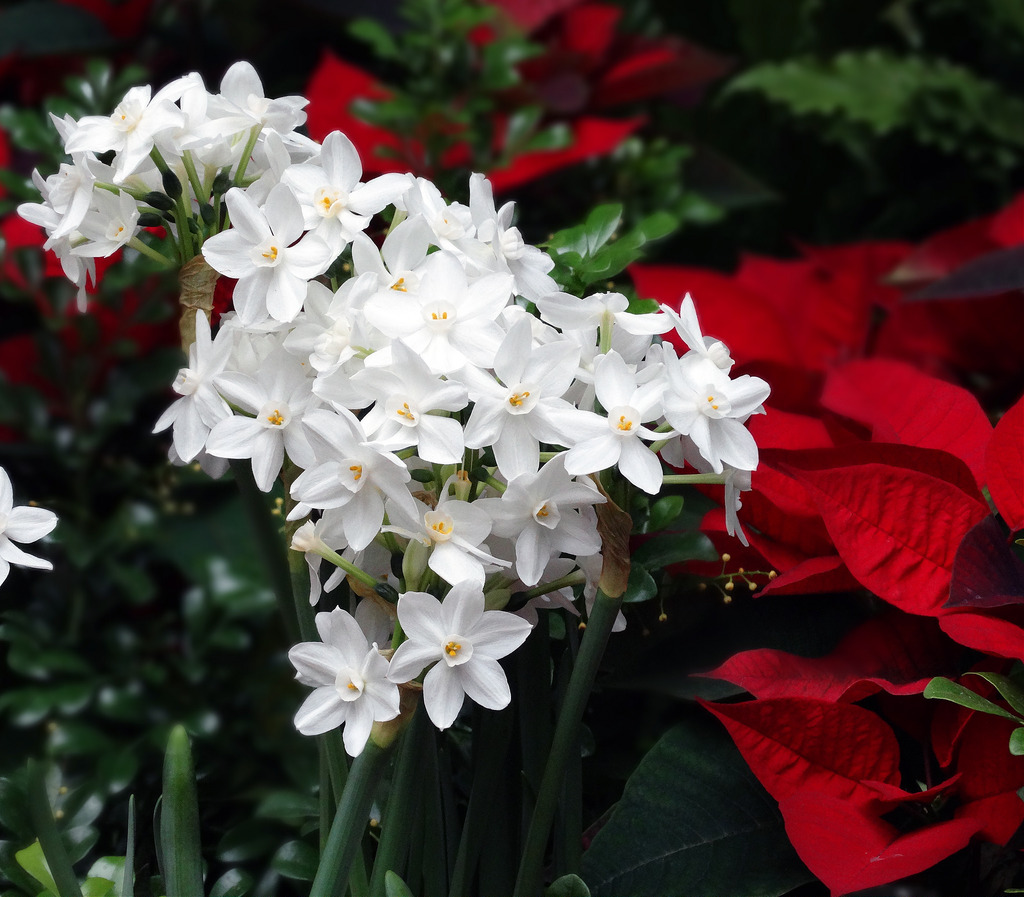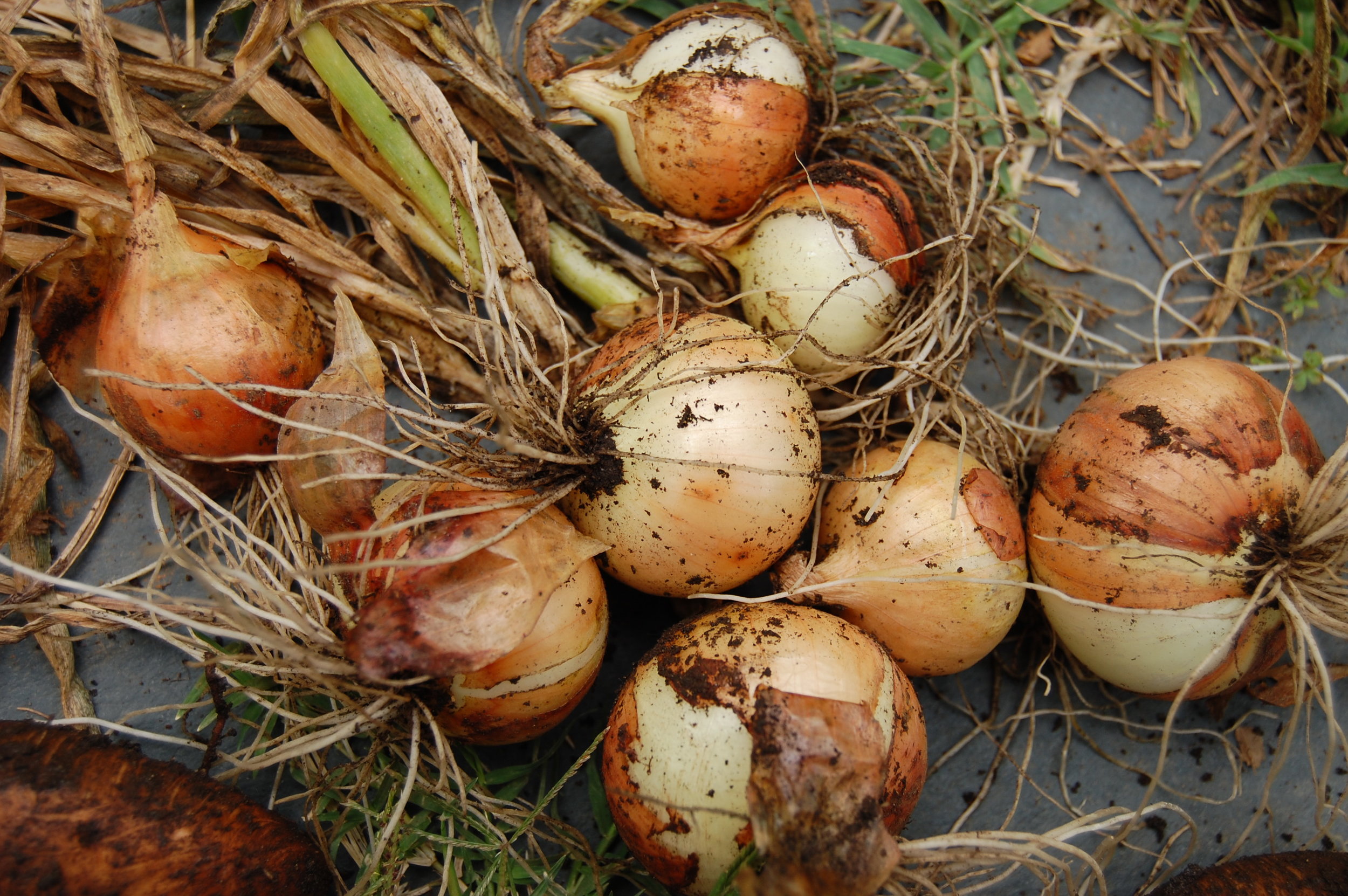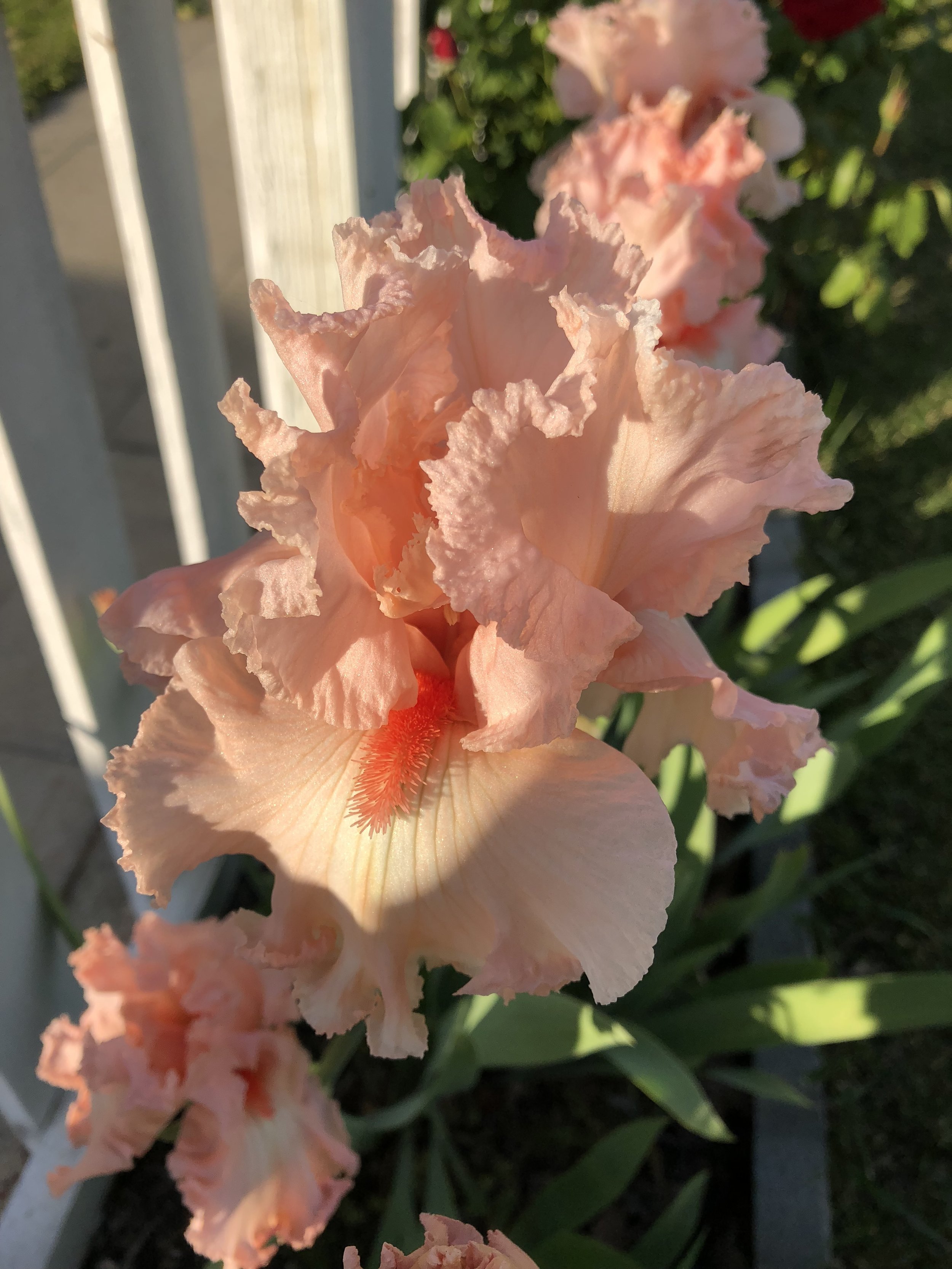GROWING CONDITIONS
Your garlic should grow well if given the following conditions:
• Well-drained soil
• Soil pH of 6.0 to 7.0
• Minimal weed competition
• Plenty of organic matter
• An inch of water while the bulb is forming – mid-May to July
BE WARY OF RODENTS
Garlic is relatively pest free, if you use good seed cloves. It is, however, popular with some rodents, especially gophers. If you have gophers, we recommend planting in one of Digger’s Root Guard Heavy Duty Baskets. Available in one, three, five and 15-gallon sizes, the wire baskets are galvanized for increased durability and corrosion resistance. Easy to plant in, they allow generous room for root-growth and up-sizing. For more information, check out our Protecting Your Garden From Gophers.
HARVESTING
Dig, don’t pull garlic out of the ground. You may have planted a small clove, but the bulb is now several inches deep with a strong root system. When to harvest garlic is a judgment call, but basically it’s ready to go when the lower leaves start to brown. About the only way to be sure is to actually dig a few bulbs and slice them in half. If the cloves fill out the skins, it’s time. Harvesting too soon will result in smaller cloves that don’t store well. Leave the bulbs in the ground too long and the cloves may be bursting out of their skins, making them unstorable and open to disease.
STORING
Brush off any soil clinging to the bulbs. Allow the bulbs to cure or dry for three to four weeks in either a well-ventilated room or a dry, shady spot outside. Once the tops and roots have dried they can be cut off or braided. You can also further clean the bulbs by removing the outer skins. Just be careful not to expose any of the cloves. Garlic likes to be on the cool side, 32-40°F.
The softneck varieties may last 6-8 months. Hardnecks should be used soon after harvesting. Hardneck varieties may dry out, sprouting or go soft within 2-4 months. Keeping hardnecks at 32°F sometimes helps them survive for up to 7 months without deteriorating.
Shallots
One of the easiest members of the onion family to grow, shallots not only mature faster but require less space than their counterparts. Growing shallots in your garden is very easy.
Many people wonder “what is a shallot?” Although they’re often confused with green onions (scallions) and the like, shallots are quite different. With their mild onion and garlic flavor, shallots are considered an essential ingredient for flavoring nearly any dish. The most distinguishing factor that sets shallots aside from other members of the onion family can be found by close examination of the bulbs. Unlike onions or leeks, shallots are made up of cloves—much like that of garlic. To get the most from these tasty plants in the garden, it may help to practice some important tips for growing shallots.
GROWING
The best way to grow shallots is in loose, well-drained soil that’s been amended with organic matter. They also prefer areas receiving full sun. Shallots are often planted in early spring or as soon as the soil is manageable in warmer climates. Plant them about an inch or two deep with the tips slightly protruding from the soil’s surface. Space shallots about eight inches apart to prevent overcrowding.
Some tips for growing shallots are that they require thorough watering once planted but will require less as they mature, with exception to overly dry conditions. Once mid-spring arrives, you may want to expose shallot bulbs to aid in the ripening process, as they develop better on top of the ground. However, a light layer of mulch will help retain moisture while keeping weeds to a minimum.
HARVESTING
When to harvest shallots can be tricky for some, as this usually depends on when planting took place. Generally, fall plantings are ready to harvest in winter or spring while those planted in spring may be harvested in mid-summer to early fall. Harvest shallots when the bulbs are about ¼ inch around but wait for the leaves to yellow before lifting. For an extended harvest season, plant and harvest the largest shallots first, replanting smaller bulbs in their place for harvesting later.
STORING
Once shallots are harvested, any unused bulbs should be stored. Dispose of any bulbs that appear soft or bruised. Shake off soil once lifted from the soil and allow shallots to remain in a warm, dry area for about a week prior to storing. Then place them in a mesh bag and store them in a cool, dry place.
Growing shallots is easy and require little care, other than occasional watering. These hardy little bulbs are seldom affected by problems; however, you should practice crop rotation every other year or so, especially in areas where other onions have been previously grown.
Questions? Stop in today and talk with one of our nursery professionals!

